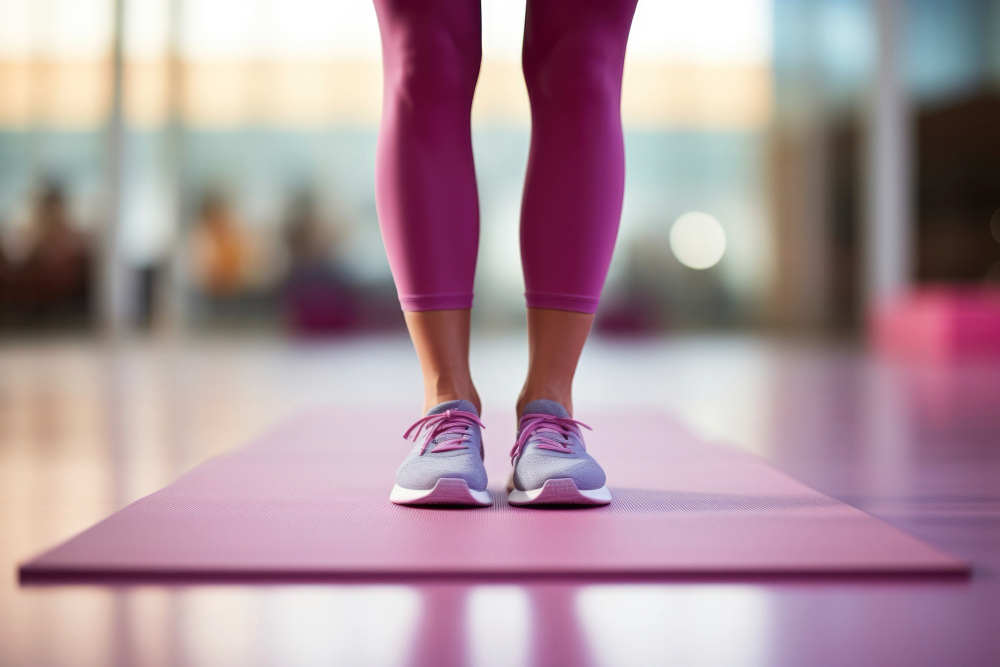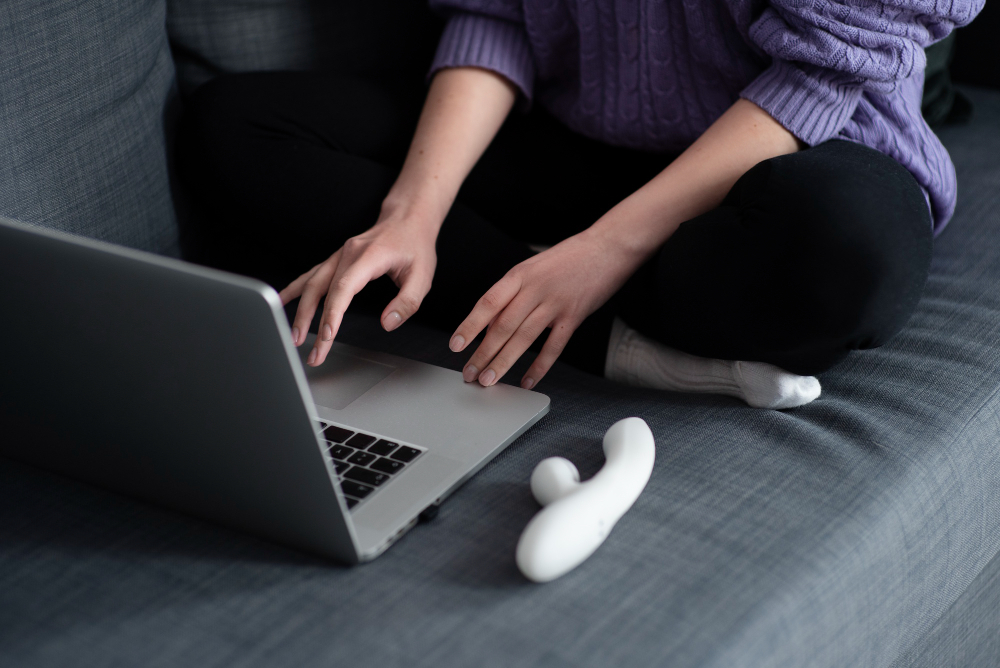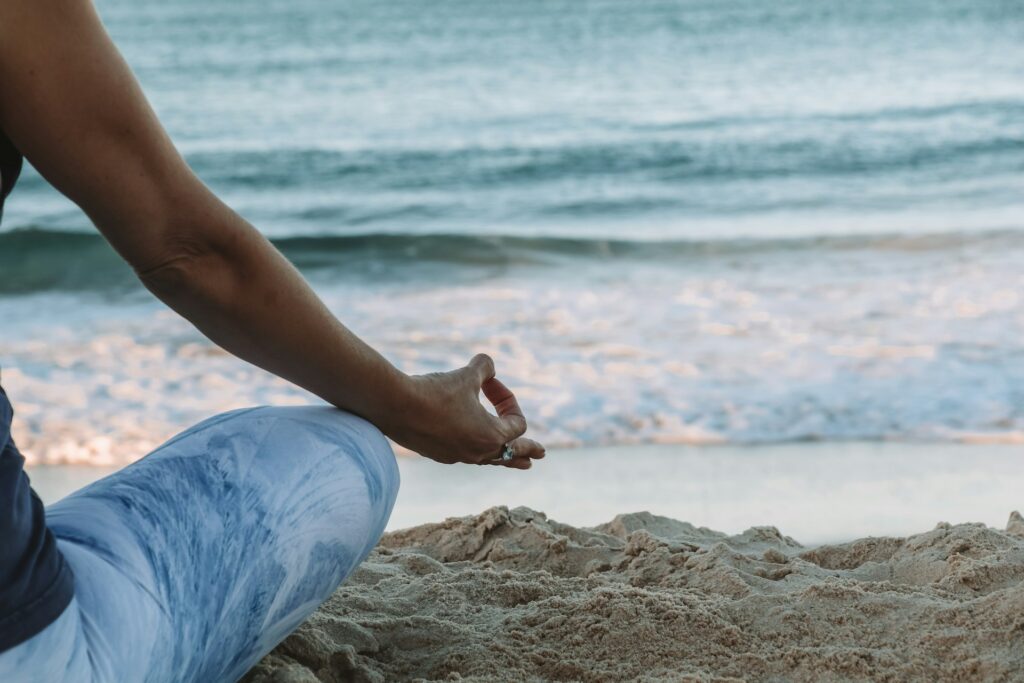Here’s what’s really happening when we park ourselves in chairs all day: Our bodies weren’t exactly designed for the marathon sitting sessions that modern life demands. Spending too many hours sitting is hazardous to your health, and the effects go way beyond just feeling a little stiff.
When we sit for extended periods, our muscles essentially go into “sleep mode.” Blood circulation slows down, joints get stiff from staying in the same position, and certain muscle groups—like our hip flexors—start tightening up like they’re preparing for hibernation. Meanwhile, other muscles, particularly in our glutes and core, basically clock out for the day.
It’s kind of like leaving your car parked in the same spot for months—everything gets a little rusty and cranky when you finally try to move it again.
The Simple Science of Movement Breaks
The good news? Research suggests that periodic workplace stretching may reduce pain by up to 72 percent. That’s not just a small improvement—that’s life-changing relief that’s literally within arm’s reach.
But here’s the thing: We’re not talking about becoming a contortionist or carving out an hour for elaborate yoga routines. The magic happens with simple, gentle movements that you can do right at your desk, in your regular clothes, without breaking a sweat or drawing curious stares from coworkers.
Your Desk-Side Rescue Squad: 7 Game-Changing Stretches
1. The “I’ve Been Holding My Shoulders Up All Day” Neck Release
Let’s start with that tension hotspot—your neck and shoulders. You know that feeling when you suddenly realize your shoulders have been creeping up toward your ears? This stretch is your reset button.
How to do it: Sit up straight in your chair. Drop your right ear toward your right shoulder (don’t force it—just let gravity do the work). For an extra stretch, gently place your right hand on the left side of your head. Hold for 15-20 seconds, then switch sides.
Why it works: This targets the upper trapezius muscle, which tends to get cranky when we’re hunched over keyboards all day.
2. The Spine Twist That Actually Feels Good
Remember when you were a kid and loved spinning around? This is the grown-up, office-appropriate version that your spine will thank you for.
How to do it: Sit tall with both feet on the floor. Place your right hand on your left knee and gently twist your torso to the left, looking over your left shoulder. Hold for 15 seconds, then switch sides.
The secret sauce: This movement helps restore mobility to your spine and gives those back muscles a gentle wake-up call.
3. The Hip Flexor Liberation Movement
Your hip flexors are probably the most overworked, underappreciated muscles in your body when you sit all day. They’re constantly shortened and tight, which can contribute to that lower back discomfort you’ve been feeling.
How to do it: While seated, grab one knee and gently pull it toward your chest. Hold for 20 seconds, then switch legs. For a deeper stretch, try standing and doing a gentle lunge position.
Bonus tip: This stretch is also fantastic for improving circulation in your legs.
4. The Shoulder Blade Squeeze (Your Posture’s Best Friend)
If you could see yourself from the side right now, chances are your shoulders have rounded forward into what we lovingly call “computer posture.” This stretch helps reverse that.
How to do it: Sit or stand with your arms at your sides. Squeeze your shoulder blades together as if you’re trying to hold a pencil between them. Hold for 5 seconds, release, and repeat 10 times.
Why it’s a game-changer: This movement strengthens the muscles that keep you sitting tall and confident, rather than slouched and sorry.
5. The Ankle Circle (Because Your Feet Deserve Love Too)
We often forget about our feet and ankles, but they’ve been trapped in shoes, stuck under desks, barely moving all day. They need some attention too.
How to do it: Lift one foot slightly off the ground and slowly rotate your ankle in circles—10 times in each direction. Switch feet and repeat.
The hidden benefit: This simple movement helps prevent blood from pooling in your legs and can reduce that heavy, tired feeling in your feet.
6. The Gentle Back Arch (The Anti-Slouch Solution)
After hours of leaning forward, your spine is probably begging for the opposite movement.
How to do it: Sit on the edge of your chair with your feet flat on the floor. Place your hands on your lower back and gently arch backward, opening up your chest. Hold for 10 seconds.
Important note: This should feel good, not painful. If you feel any sharp discomfort, ease up or skip this one.
7. The Full-Body Standing Stretch
Sometimes you just need to unfold yourself completely.
How to do it: Stand up and reach your arms overhead, interlacing your fingers and turning your palms toward the ceiling. Gently lean to one side, hold for 10 seconds, then lean to the other side.
The magic moment: That feeling when your whole torso lengthens and you remember what it’s like to take up space again.
Making It Stick: The Art of the Movement Reminder
Here’s the real challenge: remembering to actually do these stretches. We get caught up in deadlines, emails, and that project that was supposed to be finished yesterday. Before we know it, another day has passed in the same hunched position.
Try these strategies to build your stretch habit:
The Calendar Trick: Set gentle reminders on your phone or computer every hour. Make it fun—label them “Body Break” or “Stretch O’Clock.”
The Water Bottle Method: Every time you get up for water (which should be often!), do one or two stretches before sitting back down.
The Meeting Move: If you’re in a phone meeting or virtual call where you’re mostly listening, try some of the seated stretches.
The Transition Ritual: Make stretching part of your routine when switching between tasks. Finishing an email? Neck roll. Done with a report? Shoulder squeeze.
Beyond the Stretch: Creating a Movement-Friendly Day
While these stretches are fantastic for addressing immediate stiffness, the real magic happens when we start thinking bigger about movement throughout our day.
Consider the “movement snack” approach—tiny bites of activity scattered throughout your day rather than trying to cram all your movement into one gym session. Take the stairs instead of the elevator. Walk to a colleague’s desk instead of sending an email. Stand during phone calls. Park a little farther away.
Regular activity breaks can help improve blood flow to the legs, which can help reduce swelling, joint stiffness, and muscle tightness. The key is making movement feel natural and sustainable, not like another item on your already overwhelming to-do list.
Listen to Your Body’s Wisdom
Your body is incredibly smart. That stiffness, that ache, that general feeling of being “stuck”—these are all forms of communication. Your body is essentially saying, “Hey, I need to move!” rather than sending you a message that something is seriously wrong.
Learning to recognize these signals and respond with gentle movement is one of the best gifts you can give yourself. It’s not about perfection or doing every stretch perfectly. It’s about developing a friendly relationship with your body and honoring its need for regular movement.
The Ripple Effect of Small Changes
Here’s something interesting: People who start incorporating regular movement breaks often report improvements that go beyond just physical comfort. They feel more energized, more focused, and less stressed. There’s something about honoring your body’s needs that creates a positive ripple effect throughout your entire day.
Think of it this way—when you take a few minutes to stretch and move, you’re not just addressing stiffness. You’re practicing self-care, breaking up mental fatigue, and creating moments of mindfulness in your busy day. That’s a pretty good return on investment for a five-minute stretch break.
Your New Normal: A Life in Motion
The goal isn’t to never feel stiff again (that’s probably not realistic in our modern world), but rather to develop the tools and awareness to address discomfort before it becomes a bigger issue. These simple stretches are like having a toolkit for your body—ready to use whenever you need them.
Remember, this isn’t about adding more pressure to your day or another thing to feel guilty about if you forget. It’s about giving yourself permission to feel good in your body, even in the middle of a busy workday.
The next time you feel that familiar stiffness creeping in, instead of just accepting it as part of your day, try one or two of these stretches. Your future self—the one getting up from your desk at the end of the day feeling looser and more comfortable—will definitely thank you.
Start small, be consistent, and most importantly, be kind to yourself as you build this new habit. Your body has been carrying you through long days for years; it deserves a little extra attention and care.

Disclaimer
The information provided in this article is for general educational and lifestyle purposes only and is not intended as medical advice, diagnosis, or treatment. Always consult with a qualified healthcare professional before beginning any new exercise program or if you experience persistent pain or discomfort. Individual results may vary, and what works for one person may not be suitable for another. This content should not be used as a substitute for professional medical advice, diagnosis, or treatment.
Sources and References
This article draws information from various health and wellness resources, including research on workplace ergonomics and movement breaks. For specific medical concerns or persistent discomfort, please consult with a healthcare professional. Key insights were informed by research from institutions including Harvard Health, Mayo Clinic, and peer-reviewed studies on prolonged sitting effects.



